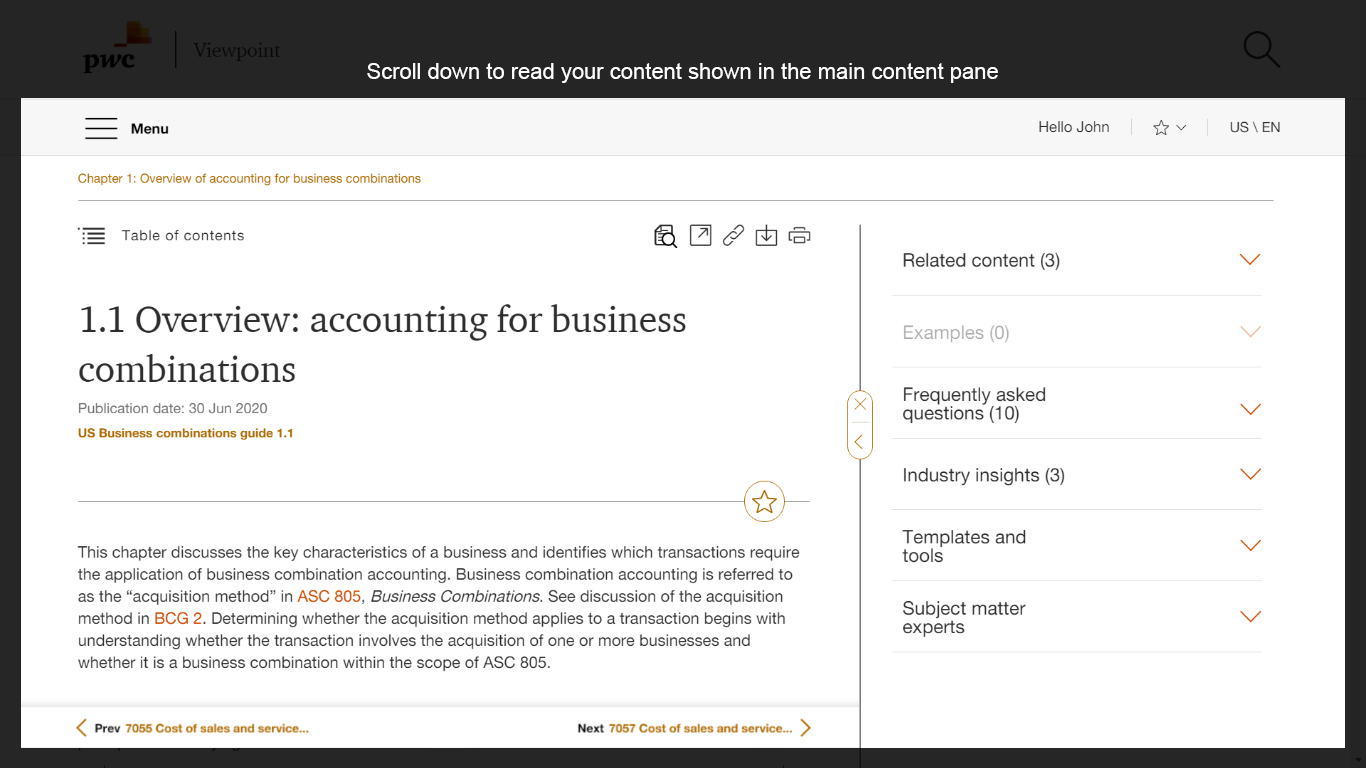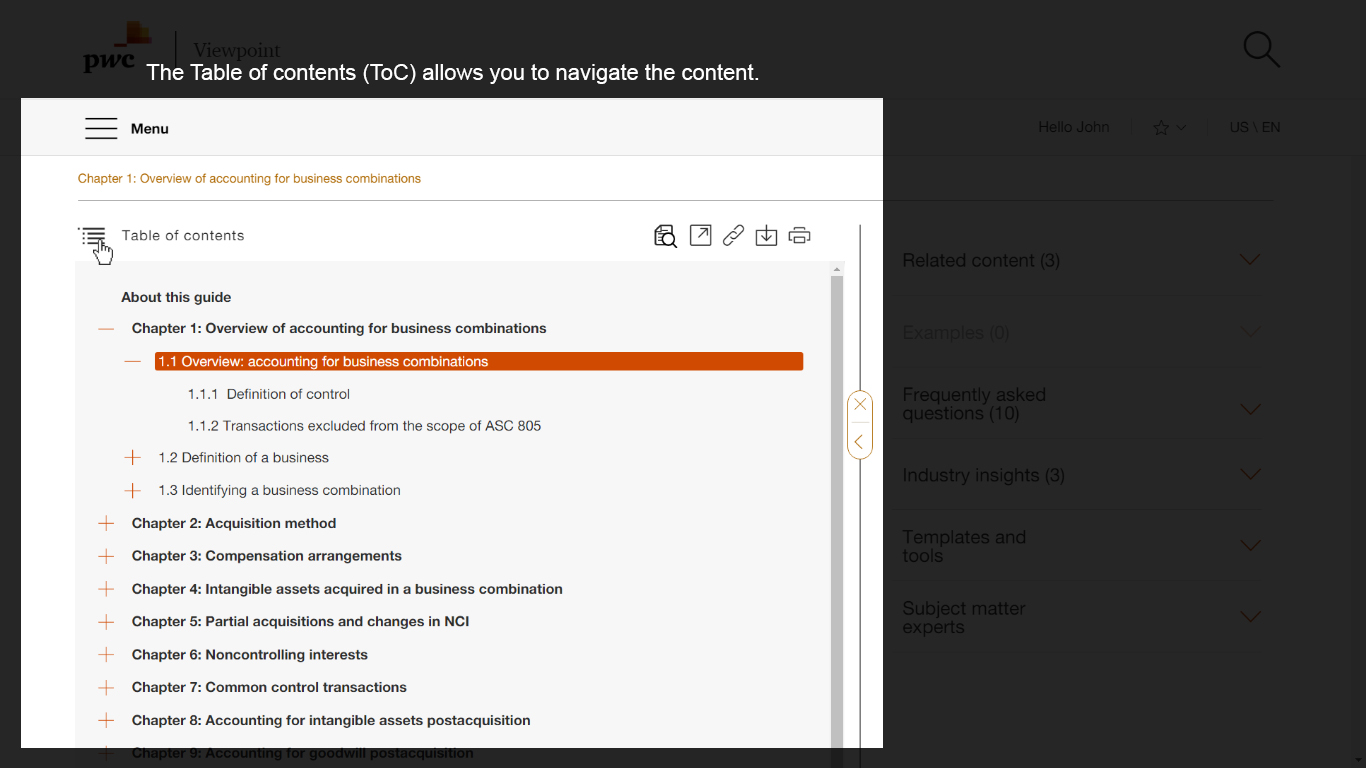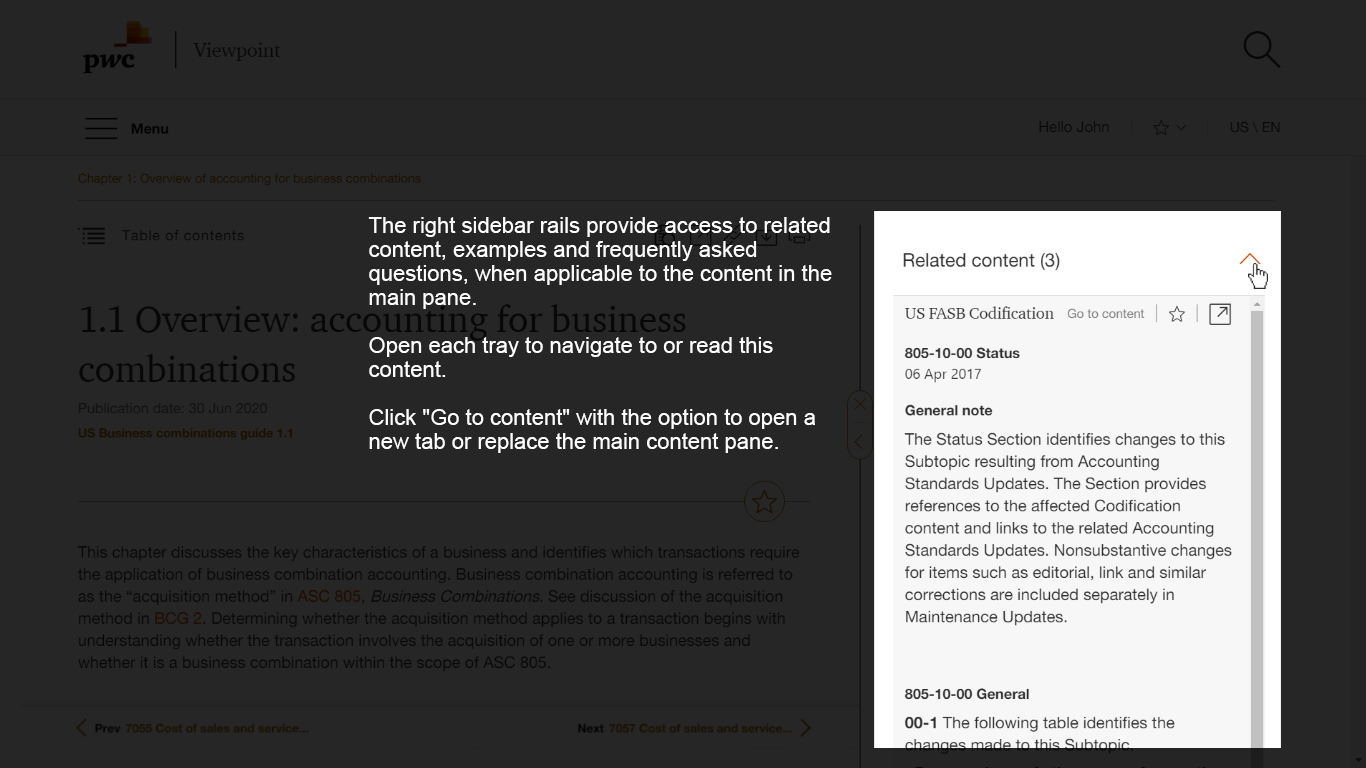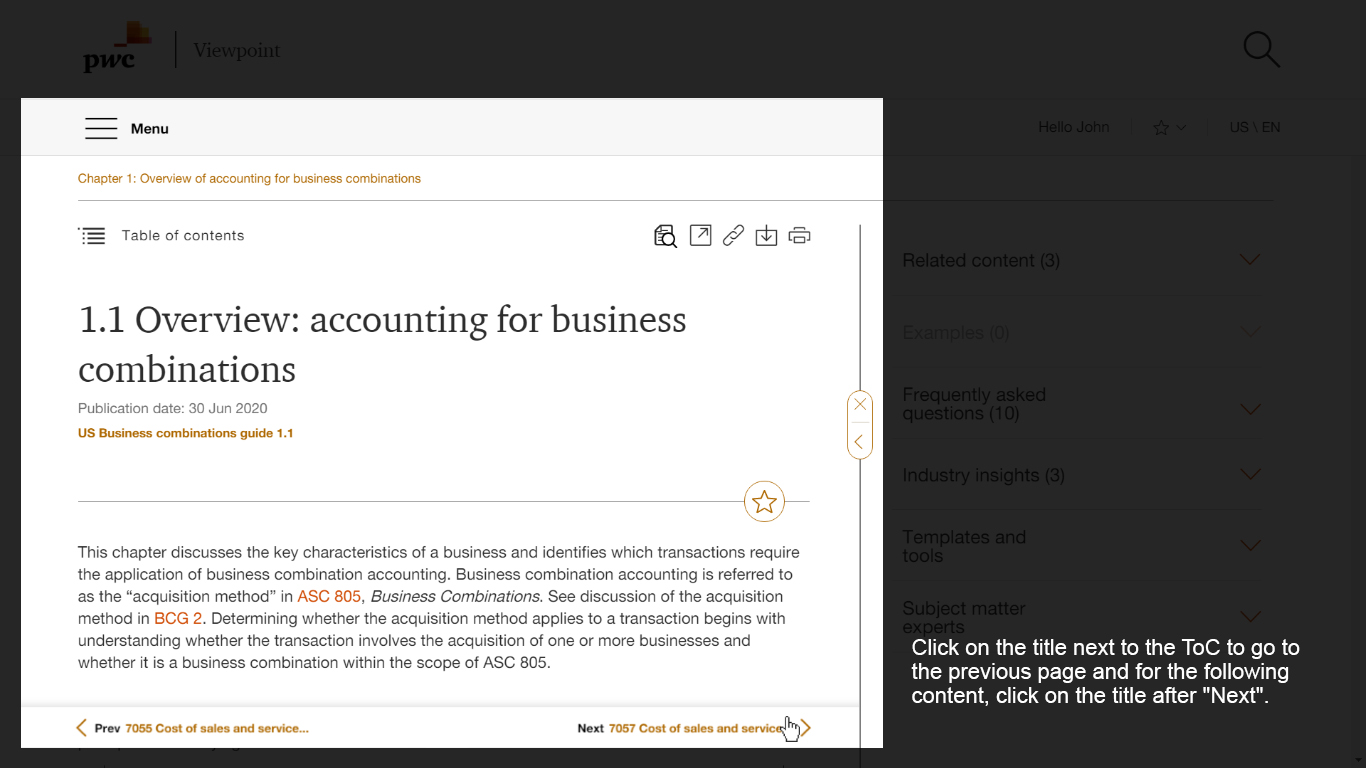Search within this section
Select a section below and enter your search term, or to search all click IFRS and US GAAP: similarities and differences
Favorited Content
US GAAP | IFRS |
The tax expense or benefit is allocated between the financial statement components (such as continuing operations, discontinued operations, other comprehensive income, and equity) following a “with and without” approach:
Subsequent changes in deferred tax balances due to enacted tax rate and tax law changes are taken through profit or loss regardless of whether the deferred tax was initially created through profit or loss or other comprehensive income, through equity, or in acquisition accounting. The same principle applies to changes in assertion with respect to unremitted earnings of foreign subsidiaries; deferred taxes are recognized in continuing operations even if some of the temporary difference arose as a result of foreign exchange recognized in OCI (with the exception of current-year foreign exchange that is recognized in CTA).
Changes in the amount of valuation allowance due to changes in assessment about realization in future periods are generally taken through the income statement, with limited exceptions for certain equity-related items.
| Tax follows the pretax item. Current and deferred tax on items recognized in other comprehensive income or directly in equity should be similarly recognized in other comprehensive income or directly in equity. When an entity pays tax on all of its profits, including elements recognized outside of profit or loss, it can be difficult to determine the share attributable to individual components. Under such circumstances, tax should be allocated on a pro rata basis or other basis that is more appropriate in the circumstances.
Subsequent changes in deferred tax are recognized in profit or loss, OCI, or equity depending on where the transaction(s) giving rise to the deferred tax were recorded. Entities must “backwards trace” based upon how the deferred tax balance arose to determine where the change in deferred tax is recorded.
|
PwC. All rights reserved. PwC refers to the US member firm or one of its subsidiaries or affiliates, and may sometimes refer to the PwC network. Each member firm is a separate legal entity. Please see www.pwc.com/structure for further details. This content is for general information purposes only, and should not be used as a substitute for consultation with professional advisors.

Select a section below and enter your search term, or to search all click IFRS and US GAAP: similarities and differences











